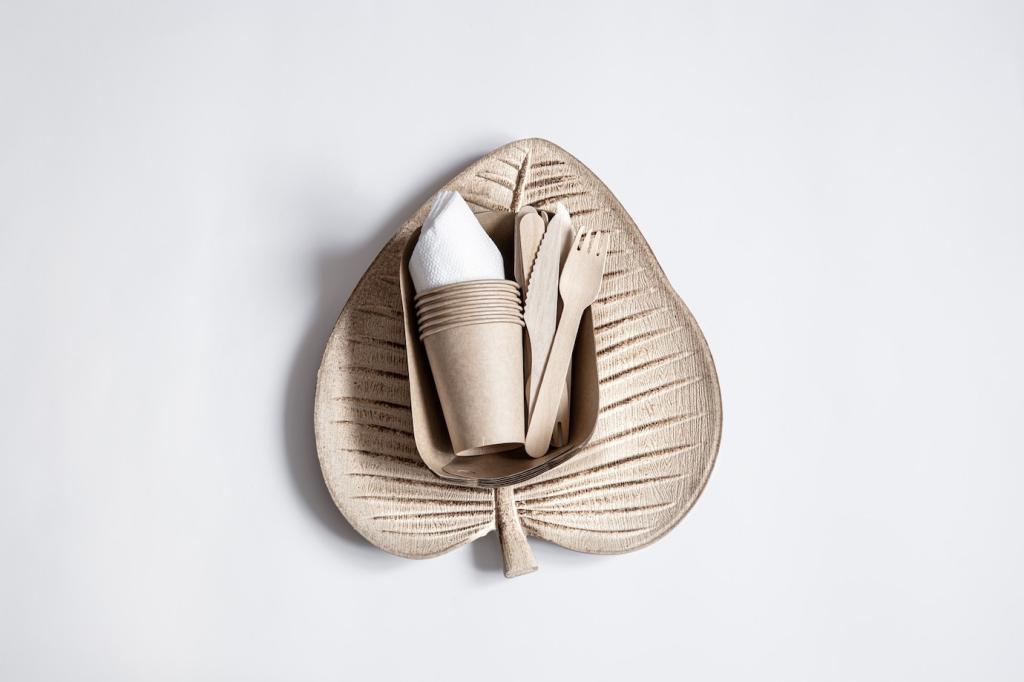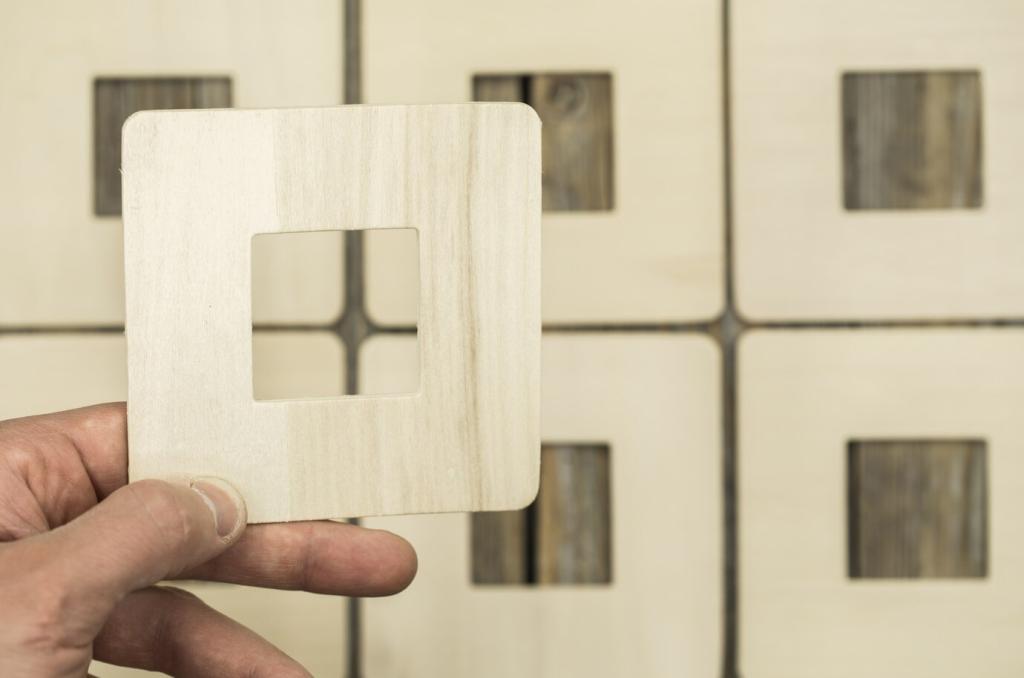Natural Oil-Based Furniture Finishes: Warmth, Depth, and Honest Craft
Chosen theme: Natural Oil-Based Furniture Finishes. Step into a world where wood breathes, grain glows, and craftsmanship feels human. Learn how natural oils bring durable beauty, tactile comfort, and soulful patina to pieces you live with every day.


From Flax Fields and Nutshells to Your Tabletop
Linseed, tung, and walnut oils trace humble origins from seeds and crops to your furniture. Their plant-based chemistry polymerizes within fibers, strengthening surfaces while preserving that unmistakable, silky wood feel under your fingertips.
Breathability That Respects Wood Movement
Natural oil-based finishes create a permeable, protective network that allows seasonal expansion and contraction. Instead of trapping moisture, they cooperate with the material’s nature, reducing catastrophic failures like peeling, cracking, or sudden delamination under stress.
Human Comfort and Indoor Air Quality
Low-odor, low-VOC formulations help keep workshops and homes healthier during application and curing. The result is furniture that smells clean, feels inviting, and supports well-being—especially meaningful in bedrooms, nurseries, and dining spaces used daily.
Choosing the Right Oil for Your Piece

Linseed, Tung, Walnut, and Hardwax Oils Compared
Linseed offers classic warmth and affordability; tung provides superior water resistance; walnut adds a gentle, nutty richness; and hardwax-oils blend oils with waxes for extra abrasion resistance. Choose based on traffic, moisture exposure, and sheen.

Grain Pop, Warmth, and Color Shift
Oils intensify figure and chatoyance, pulling depth from even modest boards. Expect subtle ambering on lighter woods, while darker species grow richer. Always test on offcuts to confirm how highlights, shadows, and natural streaks will evolve.

Food-Contact Considerations for Kitchens and Dining
For cutting boards, salad bowls, and table tops, select fully polymerizing oils with safe, well-documented ingredients. After complete cure, many oil finishes become inert. Always verify product guidance and invite readers to share their kitchen-safe favorites.
Preparation: The Secret Before the First Coat
Progressive grits remove milling marks without burnishing surfaces closed. Stop before you polish away tooth. On hardwoods, a patient 120–180–220 sequence often delivers openness for deep oil penetration and a refined, natural tactile character.
Preparation: The Secret Before the First Coat
A light mist of water lifts microfibers. After drying, a brief pass with a fresh, higher grit removes fuzz. This step prevents roughness after the first oil coat and creates a welcoming, velvety surface for hands.
Preparation: The Secret Before the First Coat
Dust embedded in oil becomes permanent texture. Vacuum thoroughly, tack lightly, and keep rags lint-free. Clean containers and strain oil if needed. Your future self will thank you when sunlight reveals flawless, uninterrupted reflections.
Application Techniques That Elevate the Finish
Saturate the surface until it stops drinking, then allow oils to penetrate, not pool. Wipe thoroughly before tackiness develops. This rhythm prevents gummy films and ensures polymerization happens inside the fibers, not awkwardly on top.
Application Techniques That Elevate the Finish
Between coats, lightly abrade with a grey pad or 600 grit, then burnish with a lint-free cloth. Heat from friction melts waxes in hardwax-oil blends, evening micro-scratches and building a hand-rubbed glow that feels luxurious.
Application Techniques That Elevate the Finish
Slightly warming bottles in a water bath lowers viscosity, encouraging deeper penetration and more consistent wetting. Do not overheat. Test first, monitor open time, and share your experiences in the comments to help others learn.

Maintenance and Revival Over the Years
Wipe spills promptly, dust weekly, and refresh annually with a thinned maintenance coat. High-traffic pieces may benefit from seasonal touch-ups. Subscribe for reminders and printable checklists that keep your finish looking welcoming and resilient.
Maintenance and Revival Over the Years
Light rings often disappear with gentle heat or a fresh oil rub. For dullness, abrade lightly, apply a thin coat, and buff dry. Share before-and-after photos so our community can celebrate your restoration wins and lessons learned.
Real-World Project: Restoring a Maple Dining Table
The maple top had cloudy lacquer, water rash, and grime. Gentle scraping, careful sanding, and a switch to tung-based finishing promised better moisture resistance. The plan balanced durability with that unmistakable hand-rubbed, intimate glow.
As oil soaked in, birdseye figure sparkled like stars. The room smelled faintly nutty. After wiping, we burnished edges that catch light at dinner. Readers, tell us: what surprised you most the first time you oiled maple?
Months later, tiny scuffs buff out in minutes, and water marks seldom linger. The table invites elbows, homework, and candlelit desserts. Comment with your family table rituals and how your finish supports those everyday celebrations.
Seek manufacturers that disclose drying agents, driers, and solvent percentages. Low-VOC or solvent-free options reduce exposure during application. Ask questions, read safety data sheets, and share trusted brands that align with your values.
